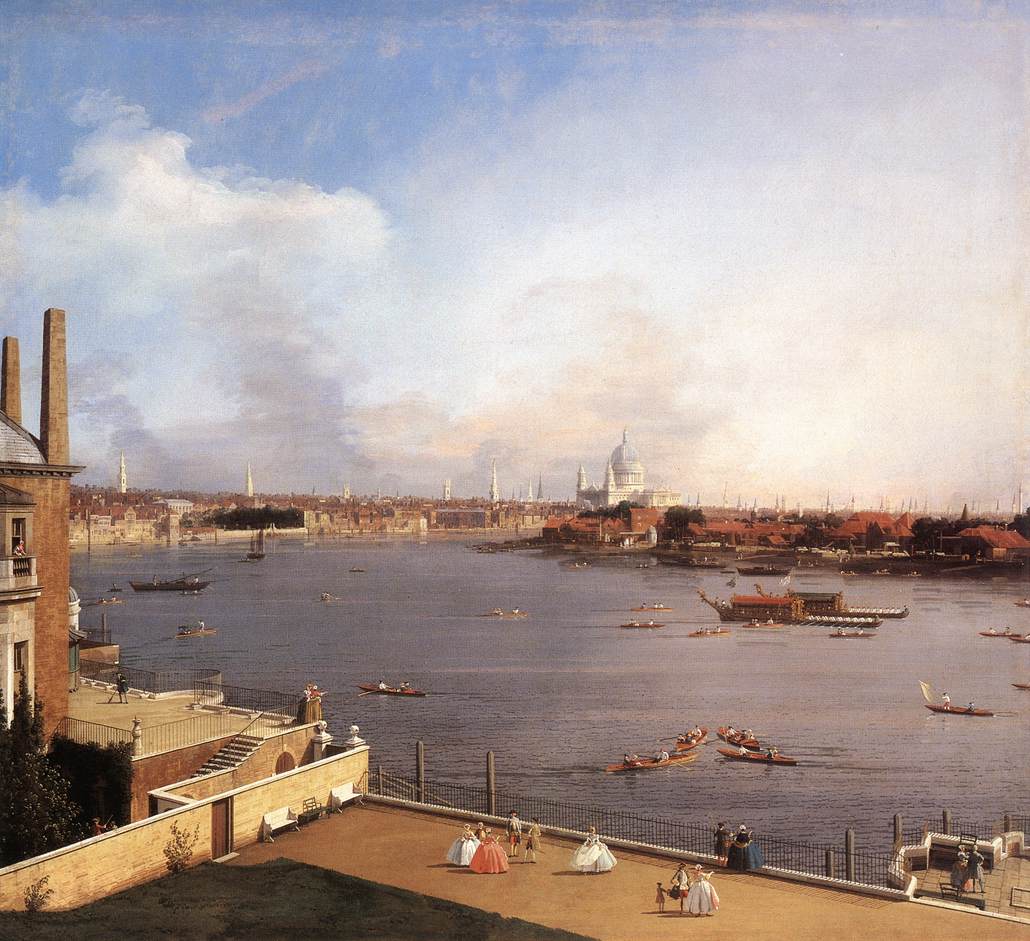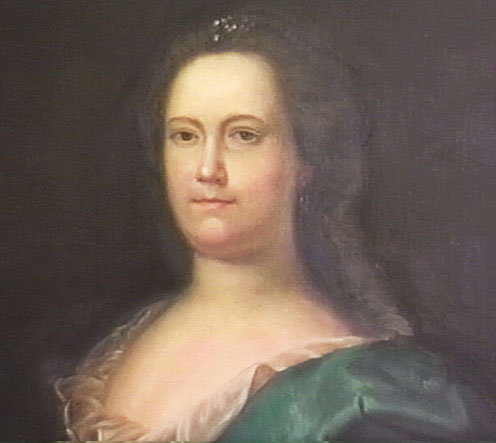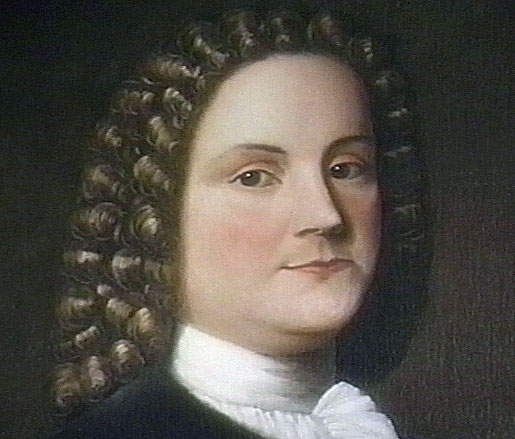Lone Traveler Parts 4, 5 and 6The Singular Life Of Benjamin Franklin
By Robert A. Crimmins - Parts 4 (1725 to 1726, London), 5 (1726 to 1729, In The Empoy of Others) & 6 (1729 to 1748, Businessman)
A portion of Parts 4, 5 & 6 on Benjamin Franklin’s first stay in England, his early careers in Philadelphia, his early writing, including Poor Richard, his family, public service and his retirement
From Chapter 6: Upon arrival in London the captain gave Benjamin all of Keith’s letters but none carried Franklin’s name. One however was addressed to the King’s printer and another to a stationer so Ben, hoping that these were the documents he sought, delivered them. They were not letters of credit but merely correspondence from others entrusted to the governor for delivery. On investigation Franklin learned that Keith was not well regarded in the mother country and he had no credit to give. Ben had been used.
But what shall we think of a governor’s playing such pitiful tricks, and imposing so grossly on a poor ignorant boy! It was a habit he acquired. He wish’d to please everybody; and having little to give, he gave expectations.
His funds exhausted, Ben had no means of returning home. There was nothing else to do but find employment there in London. He immediately found it at Palmer’s, one of the more prominent printing houses in the country, where he stayed for nearly a year.
James Ralph, a poet and one of the young men in Benjamin’s circle of friends in Philadelphia, accompanied him on the voyage to England. Ralph abandoned a wife and child in Pennsylvania to pursue his career and taste some of what eighteenth century London had to offer. He succumbed to many of its temptations and Benjamin too enjoyed the lifestyle of a bachelor in the cultural and largely immoral center of Europe, but Ben’s inherent sense of discipline restrained him.
From Chapter 8: An early order of his business was to establish a newspaper. He knew he could profit by combining his skills; printing with writing and editing, but he exercised caution in establishing his paper. He began by allying himself with his competitor, Bradford, to produce a series of essays for Bradford’s paper, The American Mercury. Bradford accepted Franklin because Keimer, in December of 1728, founded his own paper, and Bradford was keen to outsell and hopefully ruin his rival.
Franklin was cautious too in the content of his essays as he remembered the trouble his brother had heaped upon himself by not carefully considering the consequences of his writing. Franklin collaborated with a very literary scrivener by the name of Joseph Breintnall on his essays, which became a column in the Mercury called The Busy Body. Its purpose was to entertain through casual observation or insight, and there was always humor. Franklin’s plan was to gain a readership who would follow him to his own paper, which would soon be available.
© Robert A. Crimmins, Felton, Delaware, USA
Lone Traveler
CONTACT ROB CRIMMINS
Click on the icon to purchase the Kindle version of the book at Amazon.



